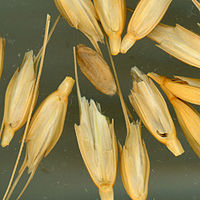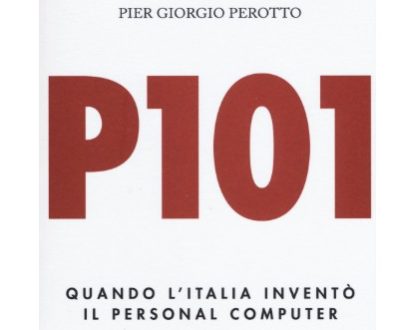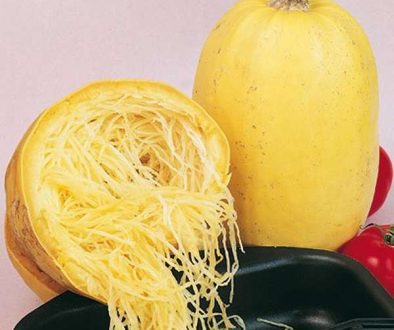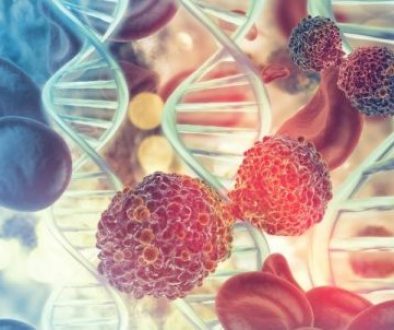From the traditional grain of the Venetians a solution to reduce hunger
The Venetians are among the original peoples of Europe, perhaps the only one, and before many centuries (or millennia) the Celts, Franks, i germani, Slavs etc..
As early as 1500 B. C, arrived through rivers and the sea in different waves, They had settled in Europe , and wherever they had given the names to the places mostly before uninhabited, today still detectable and attributable to them.
The Venetians brought advanced technologies such as iron and ceramic processing with them, the cultivation of the vine, the breeding of the horse, but especially a system of social organization and military that allowed the cultivation of land, peace, the elevation of the spirit to the mother goddess.
They also had technical specifications for fishing in the sea areas in shallow water have developed the technique of salt pans still in use in many places, which in addition to supplying the essential facilities for life, allowed an almost self-sufficient production cycle that recovered land for agricultural production, spaces for those fish, favoring a special microclimate. In short, a closed cycle of much more syncretic than today's economists and agronomists manage to do.
Thus large parts of cultivable fields stolen from the sea were born, It is no coincidence that a large part of the Po Valley is below sea level, defended by immense works of regulation that only centuries later the Dutch have imitated and you do not understand have been left abandoned by the Italian government and producing disastrous periodic flooding.
These stolen land from sea were then fertilized, and sown, first with a series of remediation crops, as the reed, and then with food productions, But it took a long time before these difficult lands lost high salinity.
Here then that over the centuries those varieties of wheat were selected for cultivation which were more resistant to saline soils.
In fact, since time immemorial in the Venetian plain the variety was grown “einkorn” (http://it.wikipedia.org/wiki/Triticum_monococcum), that combined a number of factors adapted to the territory, and it was not used in a very different soils of southern Italy.
in 1976, With a radioactive bombing in the laboratory of the hat variety, The GMO variety has been created “Croesus”, And for the apparent more surrender has conquered production together with its derivatives such as the Colosseum and the Archangel. Exonerated by the accusation of producing more gluten, The Creso remains the most accused of the explosion of celiac diseases.
What is certain is that the Italian population feeds on GMOs which are prohibited by law !
A methodological revenge comes from Australia, ethics and wheat breeder “einkorn” dear to the Venetian and the radioactive mutation methodology.
Some researchers from the Waite Institute of the University of Adelaide (Australia), Using traditional intersection and selection techniques of some traditional varieties (in short, using the old fashioned way), they managed to transfer the adaptation to the saline soils of monococcal wheat to the Tamaroi variety. The einkorn has indeed a gene ( TmHKT1 5-A ) that in the vases that bring water and minerals from the roots to the leaves removes the sodium from the cells , leading to plants with less sodium in the leaf.
The cross einkorn with tamaroi has for other data made a greater 25% Compared to the original variety in soils with a high presence of sodium.
It is not a transgenic or GMO variety but obtained with the traditional intersection and selection technique, so he will not suffer from the legal limitations given to GMOs.
Australia will draw great advantages because despite being the second wheat exporter in the world after the USA, climate change we are putting at risk the production, The salinity of the land is a problem for Ill 20% of world agriculture.
In short, a piece of Venetian einkorn help’ to solve some of the problems of hunger in the world.
depressing “decrease happy” can leave in the attic and give way to a humanity that continues to improve, also learning to correct their mistakes, which implies the backtrack, and from the past take the things that worked better.
The research on the new variety was published in the magazine
. Nature Biotechnology http://www.nature.com/nbt/journal/v30/n4/abs/nbt.2120.html
has obtained a variety of non-Oghem durum wheat that resists the salinity of the soil and has a greater production yield of 25%
The news of the development is of the 27 April 2012, but it defines the “Triticum monococcum” an ancient wild parental of durum wheat (!) that gives to the flat a better tolerance to high levels of sodium in the soil.
The study was published on Nature Biotechnology.
On wheat creso see here
On the genetic mutations see here
On the original names of places Venetians see here






